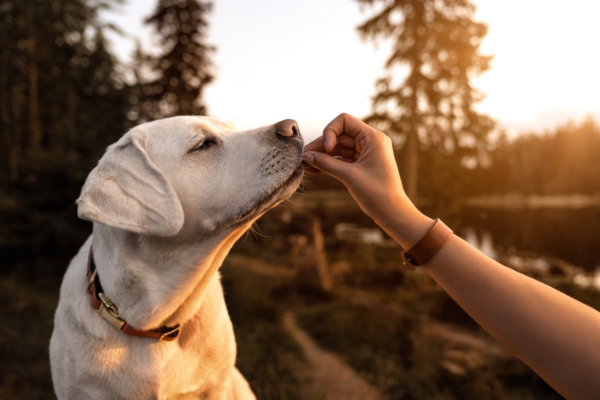There are a variety of dog breeds, each with different appearances, sizes, and personalities. Not all breeds are suitable for everyone, especially if you have allergies. Some breeds are more likely to trigger allergic reactions in humans, so it’s best for allergy sufferers to avoid owning them.
According to pet advice website Spruce Pets, many people believe that dogs with less hair are better for allergy sufferers. However, it’s not the hair itself that’s the issue, but rather the proteins found in dander, saliva, and urine.
All dogs produce dander, which is shed dead skin. Dander sticks to a dog’s fur, so breeds that shed a lot will leave more dander in the home. Breeds that drool more also spread more saliva, posing a problem for allergy sufferers.
Here are 10 common dog breeds that are most likely to cause allergic reactions in humans, which allergy sufferers should avoid owning or coming into contact with. It’s important to note that even breeds with low allergenicity can still trigger allergic reactions, so there are no guarantees outside of these 10 breeds.
Beagles are gentle and adorable but can be stubborn. Despite being popular, they are not suitable for allergy sufferers. This is because they have short hair but shed a lot, leaving more fur and dander in the home. Their larger jaw also results in more skin folds and drooling.
German Shepherds, also known as Alsatians, are one of the most popular breeds. They are intelligent, eager to please, loyal, and brave. Unfortunately, they shed a lot, which can easily trigger severe allergic reactions in people, regardless of whether they have long or short hair.
This large breed sheds heavily, inevitably leading to a significant amount of dander in the environment, especially during their biannual shedding periods.
Dobermans are intelligent and easily trainable guard dogs but often trigger allergies. They have thin single-layered fur with moderate shedding, but their larger size results in more fur and dander.
Dobermans are themselves more prone to allergies than other breeds. Allergic reactions in dogs can cause dry, flaky skin, leading to a build-up of dander in the home.
According to the American Kennel Club, Labrador Retrievers have been the most popular breed for 31 consecutive years since 1991. These dogs are smart, loyal, and great family pets. However, they frequently trigger human allergies.
Labradors have relatively short but dense double-coats and are prone to shedding. They also often suffer from dry, flaky skin. The good news is that regularly swimming them may reduce the concentration of dander in the air at home, thus lowering the frequency of allergic reactions.
Huskies are beautiful, lively, friendly, and ideal for active families. However, owning them can be troublesome if someone in the household is allergic. Huskies’ thick fur keeps them warm in their Arctic homeland but makes them one of the breeds that shed excessively at home along with other double-coated breeds.
Saint Bernards, sometimes called “nanny dogs,” are gentle, loyal, and especially good with families. These large dogs may trigger allergies due to their higher dander production, significant shedding, and increased drooling.
Pekingese, also known as Lion Dogs, are enthusiastic, loyal, and lively. However, their long shedding fur can be troublesome for allergy sufferers. These dogs are also known for being quite stubborn in training. Dog dander and saliva are not the only allergens; urine can also be a factor. If your Pekingese frequently urinates indoors, this could increase the risk of allergic reactions.
Boxers are energetic and great for families with playful children. However, they drool a lot, often lick their fur and skin, leaving dried saliva on their hair. Additionally, they shed short fur covered in dander throughout the year, all of which are warning signs for allergy sufferers.
Pugs, also known as Habas, have a small stature, short hair, and shed all year round. Their wrinkled flat noses easily collect a lot of saliva around the chin.
Pugs have sensitive skin, prone to allergies, leading to dry skin, increased dander, and potential bacterial infections in their skin folds. If your pug feels itchy and uncomfortable, they are more likely to rub themselves on soft furniture and carpets.
These dogs have stunning long hair that sheds dander and are prone to drooling. They are also susceptible to skin allergies, eventually spreading more dander into the air, triggering allergic reactions in people.

